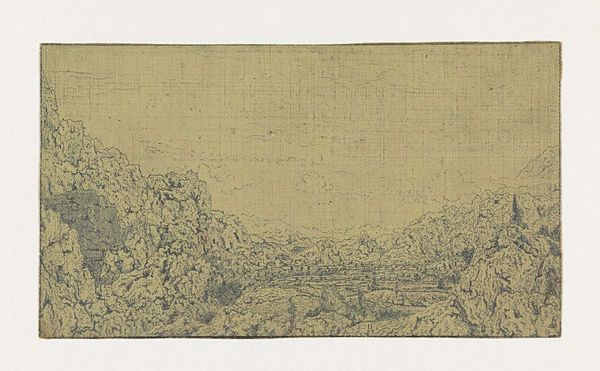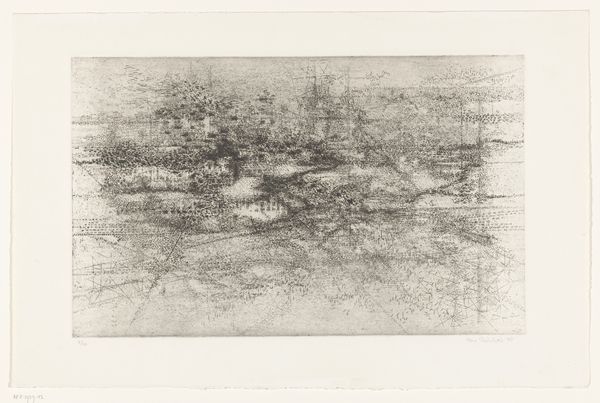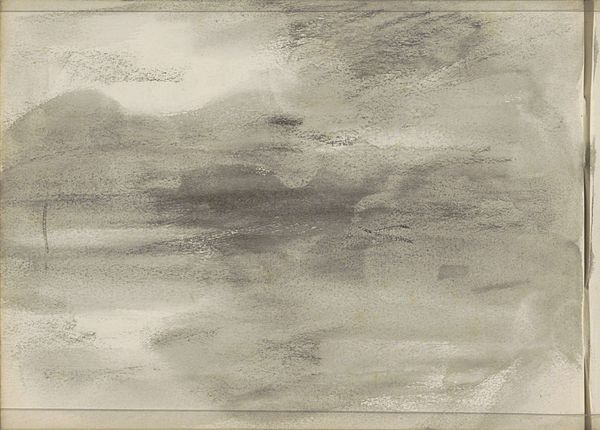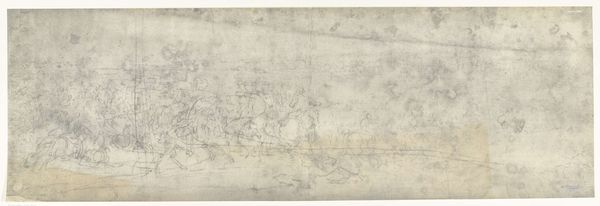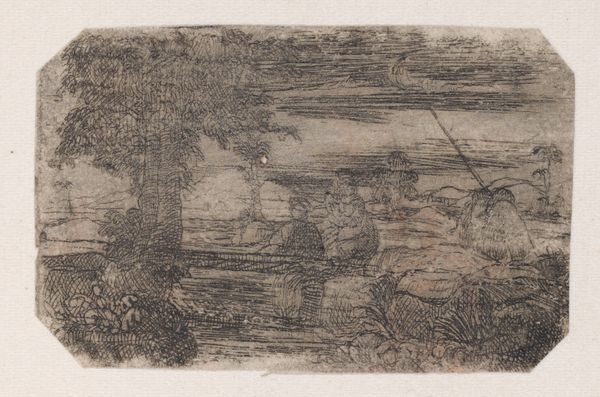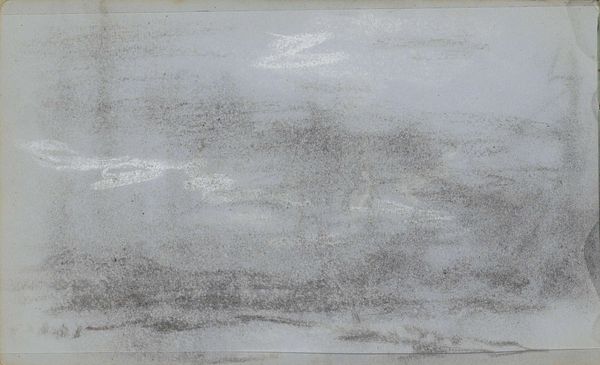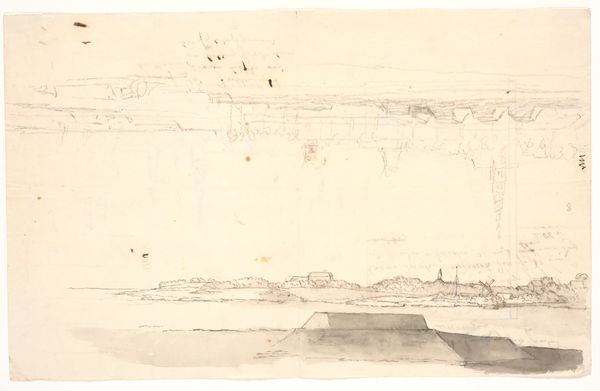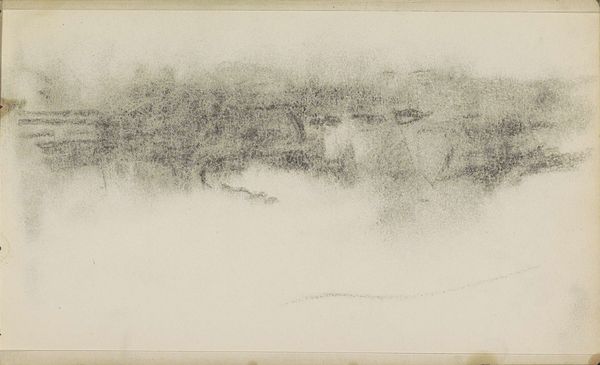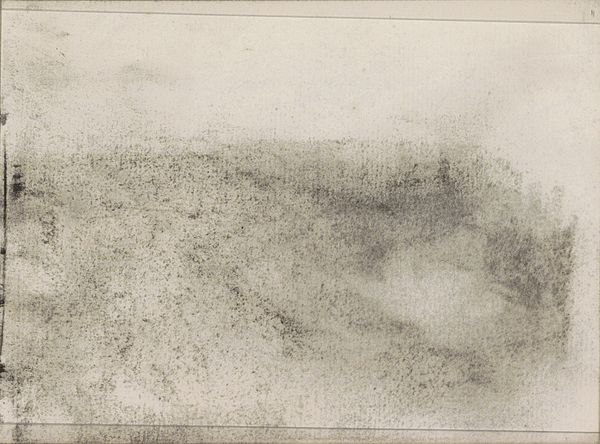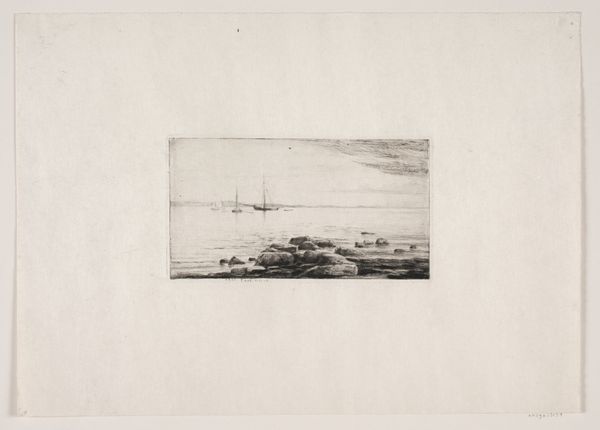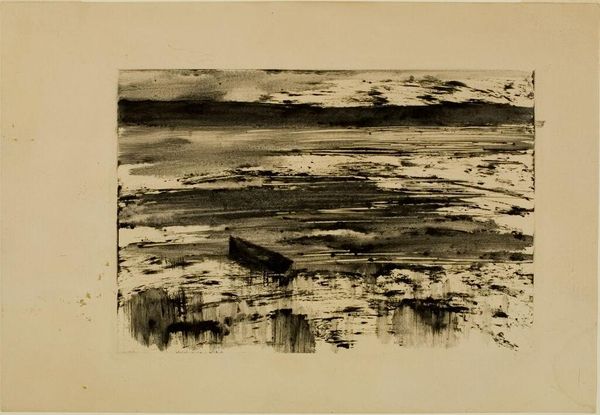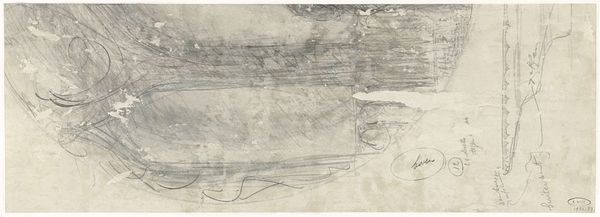
drawing, pencil
#
pencil drawn
#
drawing
#
pencil sketch
#
landscape
#
charcoal drawing
#
pencil drawing
#
pencil
#
realism
Dimensions: height 170 mm, width 982 mm
Copyright: Rijks Museum: Open Domain
Editor: This pencil drawing, "Gezicht op Rheinberg, 1672," by the frères Moreau, although created between 1900 and 1903, feels incredibly vast and quiet. I’m struck by the composition – that very long, narrow landscape format emphasizes the horizon line. What jumps out at you when you look at this piece? Curator: Its strength lies in the strategic deployment of visual components. Note the interplay between light and shadow created by the pencil. How does the drawing’s texture direct our gaze through the depicted scenery, leading the eye across the composition? Editor: I see what you mean! The heavier pencil strokes in the foreground give way to softer, almost cloud-like strokes in the distance, creating depth. So, you're saying the use of different textures emphasizes the spacial design within the piece? Curator: Precisely. The strategic use of light, shadow, and texture guides our visual journey, mapping the spacial dynamics within the two dimensional artwork. Also, reflect upon the interplay between horizontal and diagonal lines, which contributes significantly to the image’s structured visual impression. Do you agree? Editor: Definitely! The subtle diagonals of the riverbanks draw your eye toward that blurry horizon line, making you aware of the horizontal structure of the work. I would never have thought about it that way. Curator: Considering these design features gives the work added visual complexity, revealing new structural harmonies and oppositions each time the viewer visits it. Editor: Analyzing the landscape in terms of line and composition really sheds new light on what at first glance seemed a pretty simple drawing. Curator: Indeed. Deconstructing art to examine line and composition may open doors to deeper visual interpretation.
Comments
No comments
Be the first to comment and join the conversation on the ultimate creative platform.

